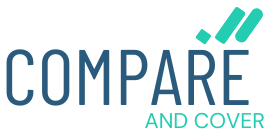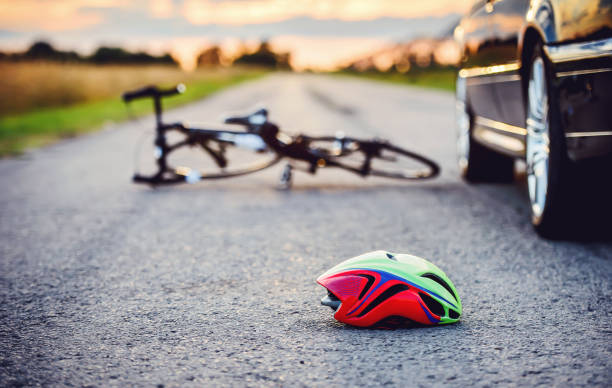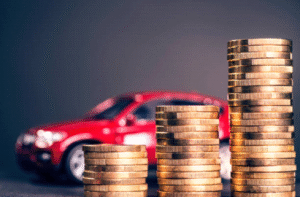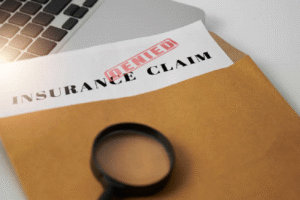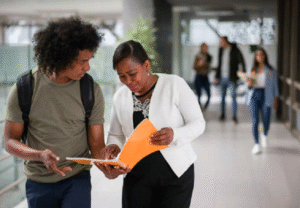Riding a bicycle is a fun, healthy way to get around, but sharing the road with cars can sometimes lead to accidents. If you’re involved in a bicycle accident that includes a vehicle, one of the first questions you might ask is: Does my auto insurance cover this? The answer isn’t always straightforward—it depends on several factors including who’s at fault, the type of insurance coverage you have, and whether you’re the cyclist or the driver.
In this guide, we’ll break down what auto insurance typically covers when a bike accident happens, what protections cyclists can have through auto policies, and how you can make sure you’re financially protected on the road.
When Does Auto Insurance Cover a Bicycle Accident?
If you’re the driver and you accidentally hit a cyclist, your auto liability insurance is usually the first coverage to step in. Liability insurance pays for injuries and property damage you cause to others. This means your policy could cover the cyclist’s medical bills, bike repairs, and any other damages—up to the limits of your policy.
For example, if you run a red light and hit a bicyclist, your liability coverage would typically pay for their hospital bills and any damage to their bike or gear. This protects you from having to pay those costs out of pocket or being sued for damages.
On the other hand, if you’re the cyclist and a driver hits you, it’s the driver’s auto insurance liability coverage that should cover your injuries and damage to your bike. The driver’s insurer will usually pay for your medical care and bike repairs, again up to their policy limits.

Can Your Own Auto Insurance Help If You’re the Cyclist?
Sometimes, the driver who hits you might not have enough insurance or might not have insurance at all. In those cases, your own auto insurance may help cover your medical bills and other costs—if you have the right coverage.
Here are a few types of coverage to look out for:
1. Uninsured/Underinsured Motorist Coverage (UM/UIM)
If the driver who caused the accident doesn’t have insurance, or their limits aren’t enough to cover your medical expenses, your uninsured/underinsured motorist coverage can step in. This coverage can pay for your medical bills, lost wages, and sometimes pain and suffering caused by the accident.
UM/UIM coverage is especially important for cyclists because many drivers on the road don’t carry adequate insurance, or sometimes none at all.
2. Medical Payments Coverage (MedPay)
Medical Payments coverage, often called MedPay, is an optional add-on to your auto insurance policy that helps pay for medical expenses from injuries sustained in an accident—regardless of who was at fault.
If you have MedPay, it may help cover ambulance rides, hospital visits, X-rays, and other medical care after a bike accident. Some policies cover injuries to the policyholder and family members, even if you were riding a bike rather than driving.
3. Personal Injury Protection (PIP)
In no-fault states like Florida, New York, and Michigan, drivers must carry Personal Injury Protection, or PIP. This coverage pays for medical bills, lost wages, and other expenses no matter who caused the accident.
PIP coverage may apply if you’re a cyclist injured by a vehicle in these states. That means you don’t have to wait for a liability claim to be paid—you can get timely help with your expenses.
What Does Auto Insurance Usually Not Cover?
While auto insurance can cover your injuries in many bike-vehicle accidents, it usually does not cover damage to your bicycle. Damage to your bike generally isn’t included under your auto policy unless you’re making a claim against the at-fault driver’s property damage coverage.
Your own auto policy won’t pay to repair or replace your bike if you crash or if it’s stolen. For that, you may want to look into a homeowners or renters insurance policy that includes bike coverage—or even specialized bike insurance.
How to Protect Yourself as a Cyclist
If you bike regularly or live in a city with lots of traffic, consider these tips to make sure you’re protected financially and legally:
-
Carry Uninsured/Underinsured Motorist Coverage and MedPay: These can provide a safety net if the other driver can’t pay for your injuries.
-
Add Personal Injury Protection if you live in a no-fault state: PIP can help cover medical expenses quickly after a bike accident.
-
Use a Renter’s or Homeowners Policy with Bike Coverage: This can protect your bike against theft or damage, and often covers you for liability if you accidentally hurt someone while biking.
-
Document Accidents Thoroughly: Take photos of the scene, get contact information from witnesses, and always file a police report. This can make claims easier to process.
-
Wear a Helmet and Safety Gear: While it won’t affect insurance coverage, staying safe helps prevent serious injuries.

What Should Drivers Know About Auto Insurance and Bike Accidents?
If you drive a car, it’s important to understand that your liability insurance will cover injuries or damages you cause to cyclists. Make sure you have enough liability limits to cover potential claims.
Also, consider adding comprehensive and collision coverage to your auto policy to protect your own vehicle in case of accidents involving cyclists or other vehicles.
Being a responsible driver means staying alert, obeying traffic laws, and sharing the road safely with bicyclists.
What If There’s a Dispute About Fault?
Sometimes, accidents aren’t clear-cut. Determining who’s at fault can affect whose insurance pays for damages. In some cases, liability may be shared between the driver and the cyclist.
If fault is disputed, claims may take longer to resolve. That’s why having your own coverage like UM/UIM or MedPay is important—it ensures you’re not stuck paying out of pocket while fault is sorted out.
Final Thoughts: Understanding Your Coverage is Key
Bicycle accidents involving cars are stressful, but knowing how your auto insurance works can ease the financial burden.
-
If you’re a driver who hits a cyclist, your liability insurance will generally cover injuries and property damage.
-
If you’re a cyclist hit by a driver, the at-fault driver’s liability should cover your injuries—but if they lack insurance, your UM/UIM or MedPay may help.
-
Damage to your bike is typically not covered by auto insurance, so consider adding coverage through renters or homeowners insurance or a specialized bike policy.
-
Always review your auto insurance policy carefully and talk with your insurer about your coverage options, especially if you bike frequently.
Protect yourself, stay safe on the road, and make sure your insurance keeps you covered no matter how you get around.
